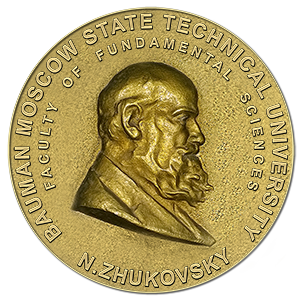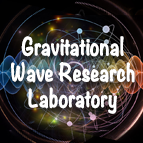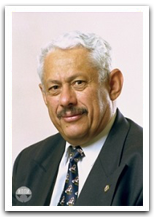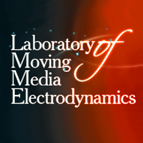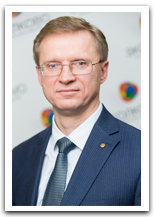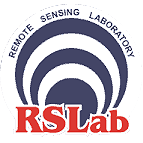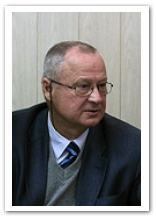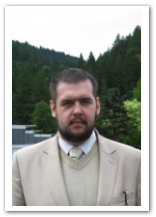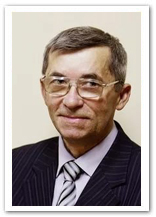Research Laboratories
The laboratory is specializing in theoretical and experimental study into establishing the gravitational wave source and receiver. We develop new methods for registration of gravitational radiation and perform mathematical modeling of multiple-beam Fabry-Perot, Mach-Zehnder, Michelson interferometers with mirrors on free weights.
The major areas of research include gravitation and cosmology, relativistic electrodynamics, multiple-beam interferometry, spectroscopy, nanotechnology, cryogenic and vacuum technology.
Gravitational Wave Research Laboratory carries out theoretical and experimental research in several departments of the University (at Physics Department, at Photonics Center, at Center for Nanotechnology, at Space Center Bauman University).
The laboratory has centered on theoretical and experimental study of non-linear processes of interaction between electromagnetic radiation and moving media and its connection to the reason, which gives rise to anisotropy of relict microwave radiation. The connection can appear in some experiments of optics of moving media which can change orientation in 3D space.
Investigation results in the field of moving media electrodynamics are presented. The results are connected with problems of interferometric detection of gravitational waves, first attempts of optical detection of anisotropy for space-time continuum and up to the idea of creating a time machine in the anisotropic space.
The laboratory is the organizer of the International Meeting «Physical Interpretations of Relativity Theory»
Website lab: http://www.space-lab.ru
The Remote Sensing Laboratory was established in 1981. The main focus of its work was the research in the field of receiving microwave images for various objects on a background of the surface with the help of mm wave radiometers.
Some years ago the laboratory began a series of studies on applying a subsurface radar in recording the images of objects located at the shallow depth in building constructions and other opaque media. As a result of the research, the method of continuous wave multi-frequency sensing for the condensed medium was developed.
On the basis of the developed method we designed a holographic subsurface radar RASCAN and put it into production. It is intended for sensing the building designs with high resolution. A group of the laboratory researchers, who developed the RASCAN radar, are Russian Federation Government prizewinners in the field of science and technology. The RASCAN radar has found its place in the market of Russia and abroad.
Website lab: www.rslab.ru/english/
The Mathematical Modeling of Nonlinear Dynamical Systems Laboratory was established in 2014
Major fields of research:
- localization of invariant compacts of continuous and discrete dynamical systems, chaotic dynamics;
- research of continuous and discrete nonlinear dynamical systems and management processes based on algebraic and differential-geometric methods and designing of control algorithms for them. . .


